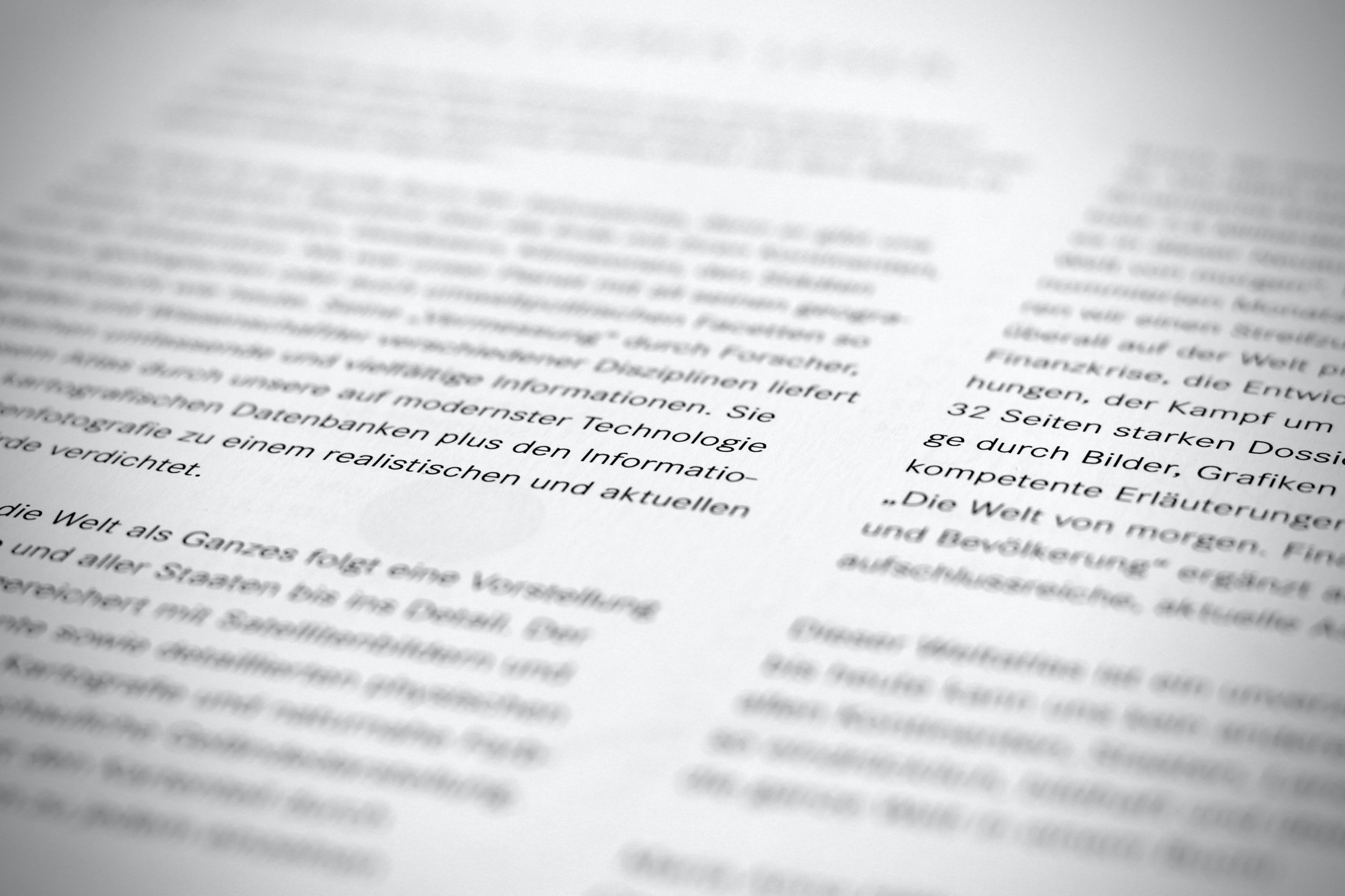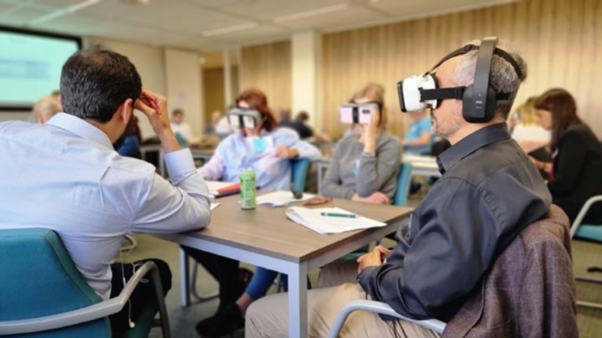Newsletter 2023
Newsletter January 2023: Case report: Successful management of “Stiff Person Syndrome” patient for day care procedure
Case description:
Stiff person syndrome is a rare autoimmune neurological syndrome that manifests as fluctuating rigidity and spasms of axial or limb muscles¹. This condition was first described in 1956 by Moersch & Woltman from a case series of 14 patients with a similar presentation of muscle rigidity¹.
The pathophysiology of this syndrome is autoimmune driven due to the presence of antibodies against Glutamic Acid Decarboxylase (GAD), the rate-limiting enzyme for synthesising γ-Aminobutyric Acid (GABA) in cerebrospinal fluid of SPS patients.
We encountered an interesting case of a 52-year-old Japanese lady with underlying ‘Stiff Person Syndrome (SPS)” scheduled for day-case upper gastrointestinal endoscopy and colonoscopy. She was diagnosed with SPS in 2018 with Hashimoto Thyroiditis and chronic headache. She takes Baclofen, Myonal, Paracetamol and Celebrex for her SPS and Euthyroxin for hypothyroidism. Her manifestation of SPS was usually painful spasticity of her limbs triggered by anxiety or pain stimuli.
We successfully managed her case with monitored anaesthesia care throughout the procedure. The approach mainly focused on ensuring adequate depth of sedation and avoiding her triggering factors (anxiety and pain). First, she was given a local anaesthesia spray before cannulation in a calm environment. Next, midazolam of 2mg was given intravenously. Next, we maintained her sedation with target-controlled infusion (TCI) Propofol of 1.5mcg/ml. Finally, an intravenous bolus of 25mcg Fentanyl was given before the surgeon performed a colonoscopy.
She went through both upper and lower GI scopes without spasms or rigidity. She remained pain-free and asymptomatic in the recovery bay and was discharged home the same day.
Discussion:
A literature search revealed several case reports on the anaesthetic management of SPS patients (Table 1).
| Reference | Procedure | Anaesthesia Method | Drugs | Outcome |
| Johnson & Miller⁵ | Repair of Baclofen pump | GA, volatile, muscle relaxant | Sufentanil, Thiopentone, Vecuronium,Isoflurane, N20, Neostigmine/Glycopyrolate | Mechanical ventilated overnight. Muscle strength recovered post-op day 2 |
| Johnson & Miller⁵ | Same procedure | GA, volatile agent. No muscle relaxant | Midazolam, Halothane, Isoflurane, N20 | Uneventful |
| Haslam & Price⁶ | Respiratory failure | GA with muscle relaxant | Midazolam, Propofol, Atracurium, Fentanyl | Uneventful |
| Haslam & Price⁶ | Same procedure | GA with muscle relaxant | Alfentanil, propofol, Atracurium | Uneventful |
| Obara et al⁷ | Thymectomy | GA, volatile agent, muscle relaxant | Fentanyl, Thiopentone, Vecuronium, Isuflurane, N20 | Uneventful |
| Obara et al⁷ | Appendicectomy | GA, volatile agent, muscle relaxant | Diazepam, Fentanyl, Thiopentone, Vecoronium, Isoflurane, N20 | Uneventful |
| Obara et al⁷ | Endoscopic nasal surgery | GA, muscle relaxant | Fentanyl, Propofol, Vecuronium, N20 | Clinical symptoms improved after anaesthesia |
| Bouw et al⁸ | Resection of colon carcinoma | GA, volatile agent, muscle relaxant | Propofol, Sufentanil, Atracurium, Isoflurane, Morphine, Neostigmine/Glycopyrolate | Patient could not open eyes with weak grasp. Mechanical ventilated for 1 hour post-op |
| Elkassabany et al⁴ | Inguinal hernia repair | Regional (paravertebral block),monitored sedation | Bupivacaine, Midazolam, Fentanyl, Propofol | Improvement in symptoms during procedure and 1 hour post op. |
| Ledowski & Russell³ | ENT surgery | GA, TIVA
|
Propofol, Remifentanyl, Morphine | Uneventful |
| Qin et al⁹ | Thymectomy | GA, volatile agent, muscle relaxant | Midazolam, Propofol, Remifentanyl, N20, Rocuronium, Isoflurane | Uneventful |
| Yamamoto et al² | Thymectomy | GA, volatile agent. No muscle relaxant | Fentanyl, Propofol, Sevoflurane, Remifentanyl | Uneventful |
| Shanthanna et al¹⁰ | Bilateral knee amputation | Combined spinal epidural | Midazolam, Bupivacaine, Fentanyl | Epidural analgesia required 3 days post-op |
The common triggers for spasms are sudden loud noises, stress, anxiety and pain stimuli. The challenges faced by anaesthetists in SPS patients are avoiding trigger factors for cramps and the type of anaesthesia to be given to the patient to prevent prolonged hypotonia after surgery. Therefore, it is essential to learn from the literature to safely and successfully manage SPS patients for surgery.
Several case reports have been published on the successful management of SPS patients in surgery without complication. Most successful cases were done under regional/spinal anaesthesia or general anaesthesia with total intravenous anaesthesia (TIVA). For example, Yamamoto K et al. combined general and epidural anaesthesia for their patient undergone thymectomy². Using an epidural is beneficial for superior pain management and reduces the impact of anaesthesia with GABAergic action. However, if general anaesthesia is required for surgery, total intravenous anaesthesia (TIVA) is excellent to conventional general anaesthesia with a volatile agent and muscle relaxant³.
Spinal and regional anaesthesia is advocated to be the best choice if deemed appropriate for surgery. Elkassabany et al. performed a paravertebral block with conscious sedation for their SPS patient who had undergone inguinal hernia repair successfully⁴. However, this method can be challenging due to the risk of spasms induced by pain during needle entry or anxiety from situation awareness.
In our case, we successfully managed our patient with monitored anaesthetic sedation (TCI Propofol) with a combination of anxiolytic (Midazolam) and analgesia (Fentanyl).
Muscle relaxants have been previously thought to cause prolonged hypotonia in SPS patients. Johnson & Miller first reported that their patient had extended hypotonia with Vecuronium use leading to 48 hours of invasive ventilation despite the adequate reversal of the muscle relaxant⁵. The avoidance of Vecuronium use resulted in uneventful second surgery for the same patient⁵. This sparks controversial debate because it was not reported by Haslam & Price with the help of Atracurium in their patient on two separate occasions⁶. The antibodies GAD responsible for SPS does not affect neuromuscular junction; therefore, muscle relaxant should not cause prolonged weakness. Obara et al. objectively assessed the block depth with a train of four (TOF) ratio in SPS patients. When neuromuscular monitoring was used during the case, it demonstrated recovery of the march of four proportions (TOF) to 100% post-operation, suggesting that muscle relaxation has no effects in SPS patient⁷.
Bouw et al. later attribute the observation reported by Johnson & Miller to the effects of the volatile agent rather than muscle relaxant in a patient on Baclofen treatment. The majority of patients are taking Baclofen as a treatment before surgery⁸. The presence of Baclofen will amplify the GABA (b)-ergic effects of the volatile agent. This might be dose-related, and the result was not apparent if a lower volatile agent concentration was used. Qin et al., who use a lower concentration of Isoflurane (0.2-0.4%) along with Nitrous Oxide and Remifentanyl infusion, found no complication in their patient⁹.
In conclusion, SPS is a debilitating condition for the patient and a challenging task for anaesthesiologists during surgery. However, with careful consideration of the best modality of anaesthesia for the patients, ensuring a calm and quiet environment, patients will have a good outcome of surgery without any complications.
*Consent obtained from the patient for publication of case report.
References:
MOERSCH FP, WOLTMAN HW. Proc Staff Meet Mayo Clin. 1956 Jul 25; 31(15):421-7
Yamamoto K, Hara K, Horishita. J Anesth 21: 490-492. 2007
Ledowski T, Russell P. Anaesthesia 61(7): 725. 2006
Elkassabany N, Tetzlaff JE et al. J Clin Anesth 18(3): 218-220. 2005
Johnson JO, Miller KA. Anesth Analg 80: 612-613. 1995
Haslam N, Price K. Anaesthesia 57: 298-299. 2002
Obara M, Chinzei M, Komatsu K et al. Anaesthesia 57: 511. 2002
Bouw J, Leendertse K, Tijssen MA. Anesth Analg 97: 486-487. 2003
Qin X, Wang D, Wu X. Chin Med J 119(11): 963-965. 2006
Shanthanna H. J Anaesth Clin Pharmacol 26(4): 547-548. 2010
[maxbutton id=”1″ url=”https://www.esaic.org/newsletter/” text=”Read the Newsletter” ]










